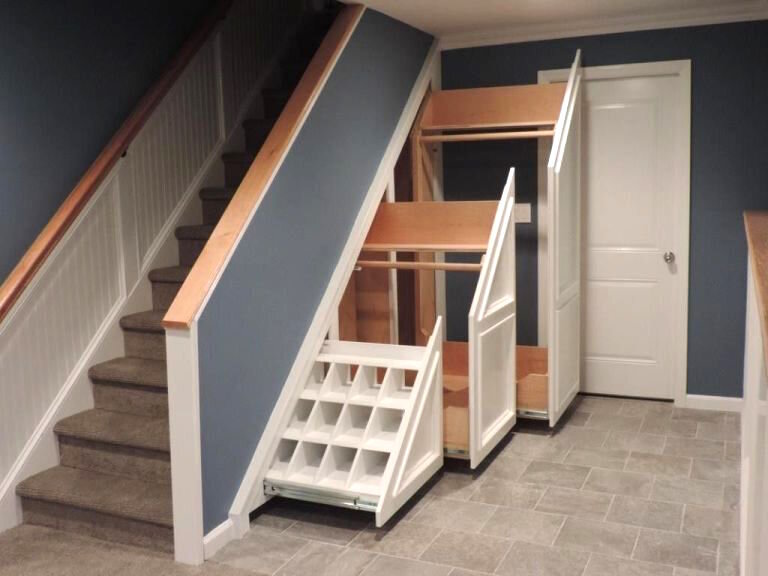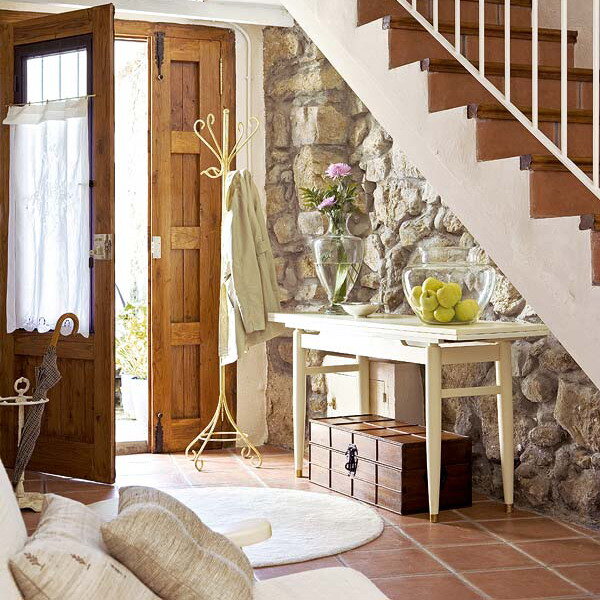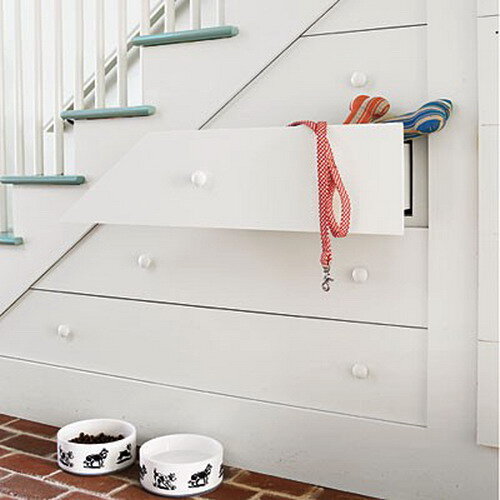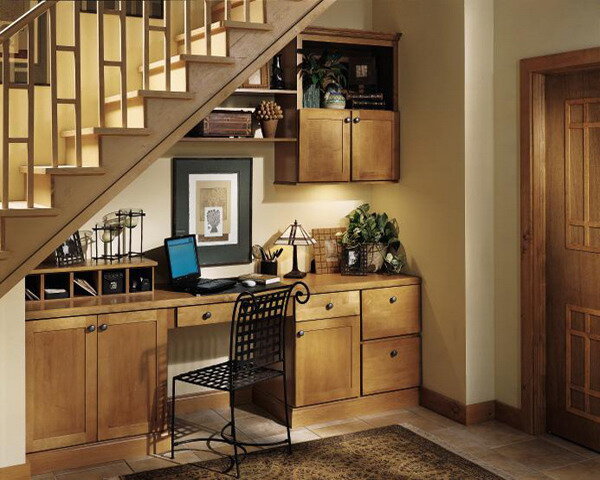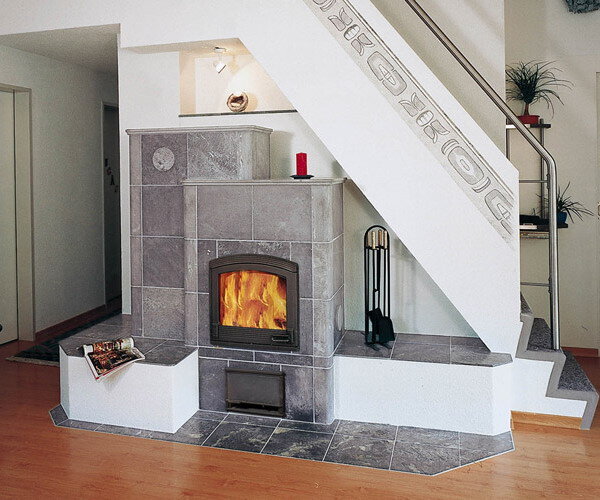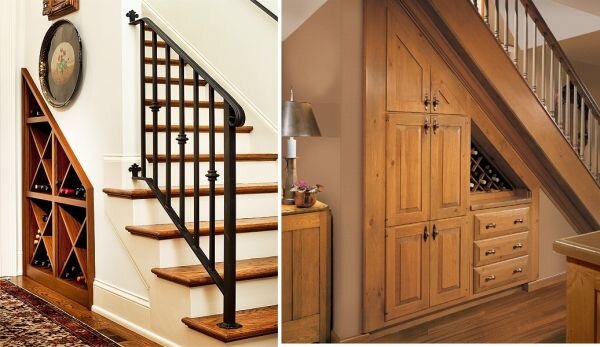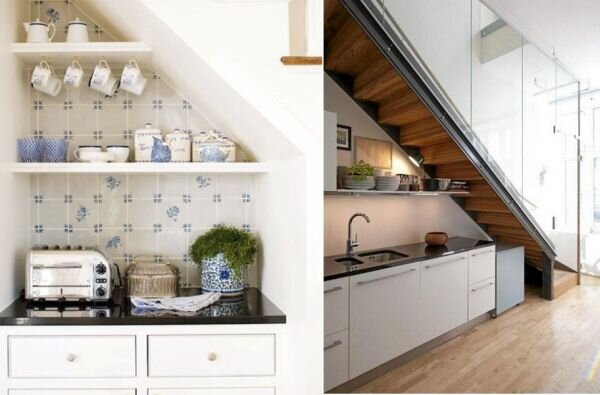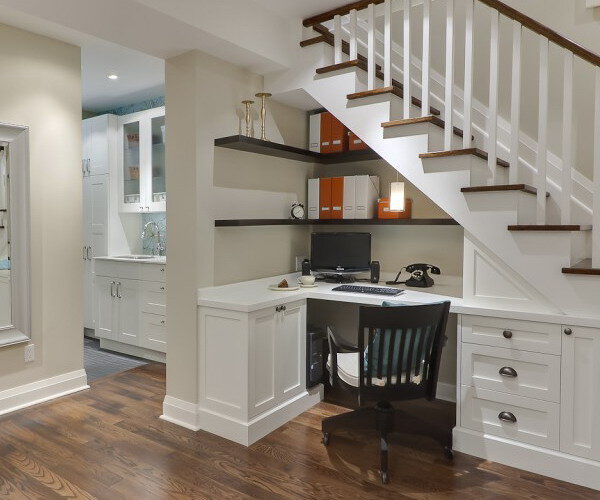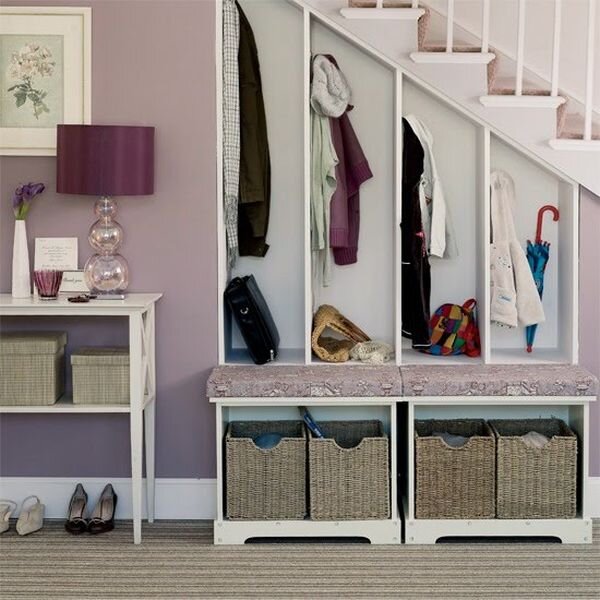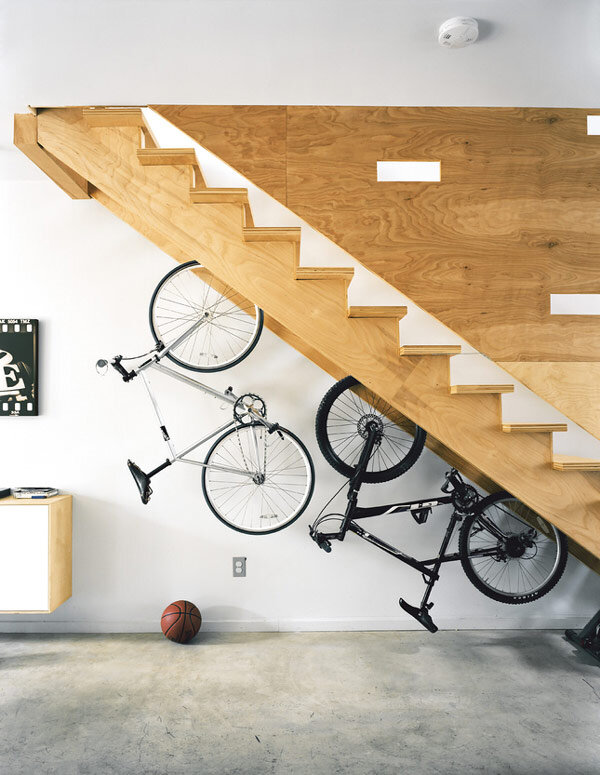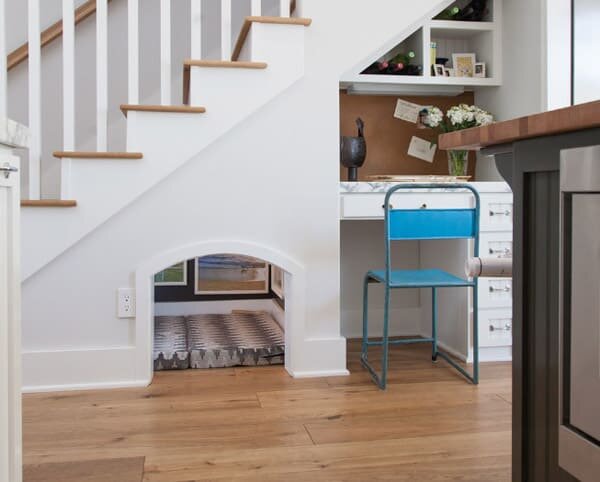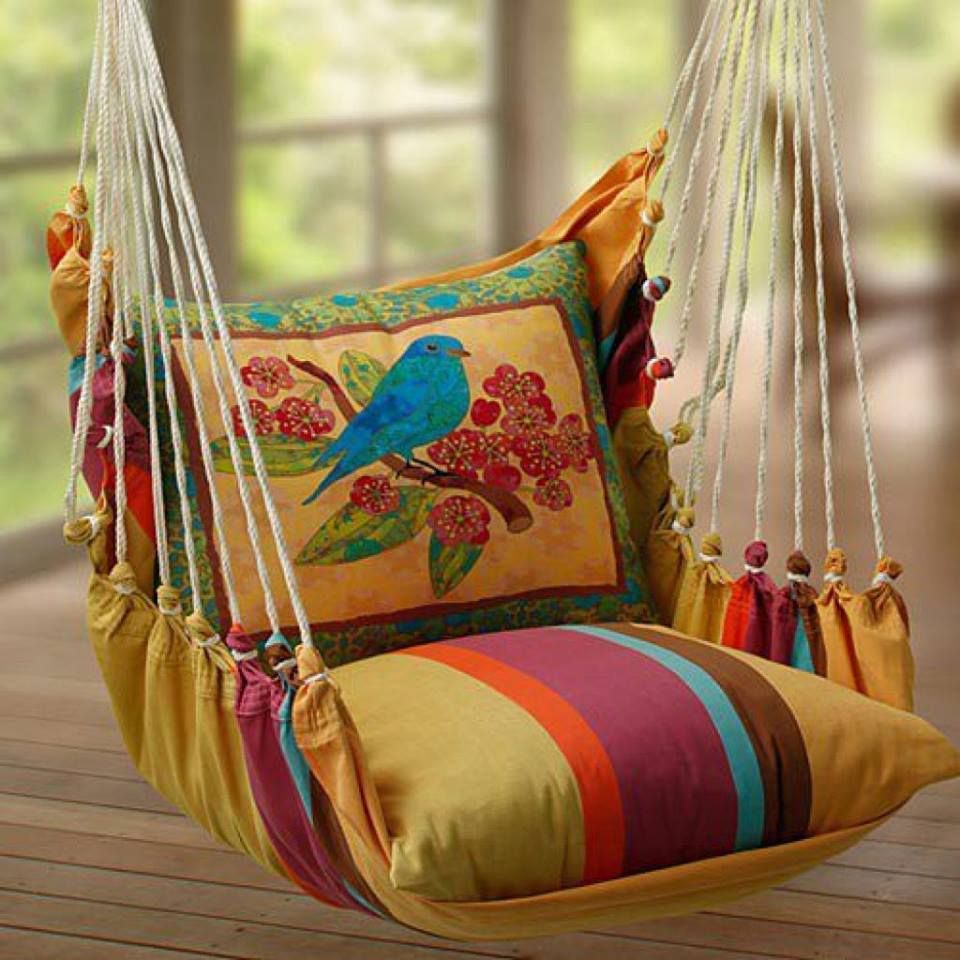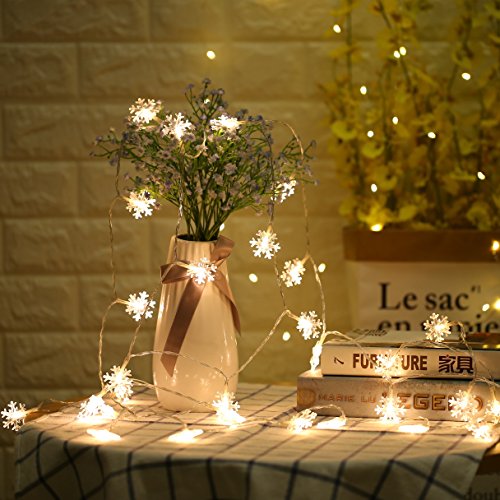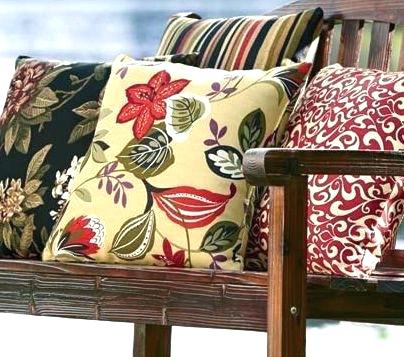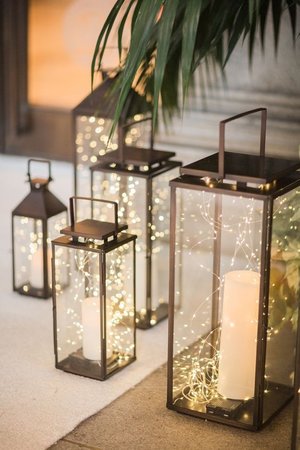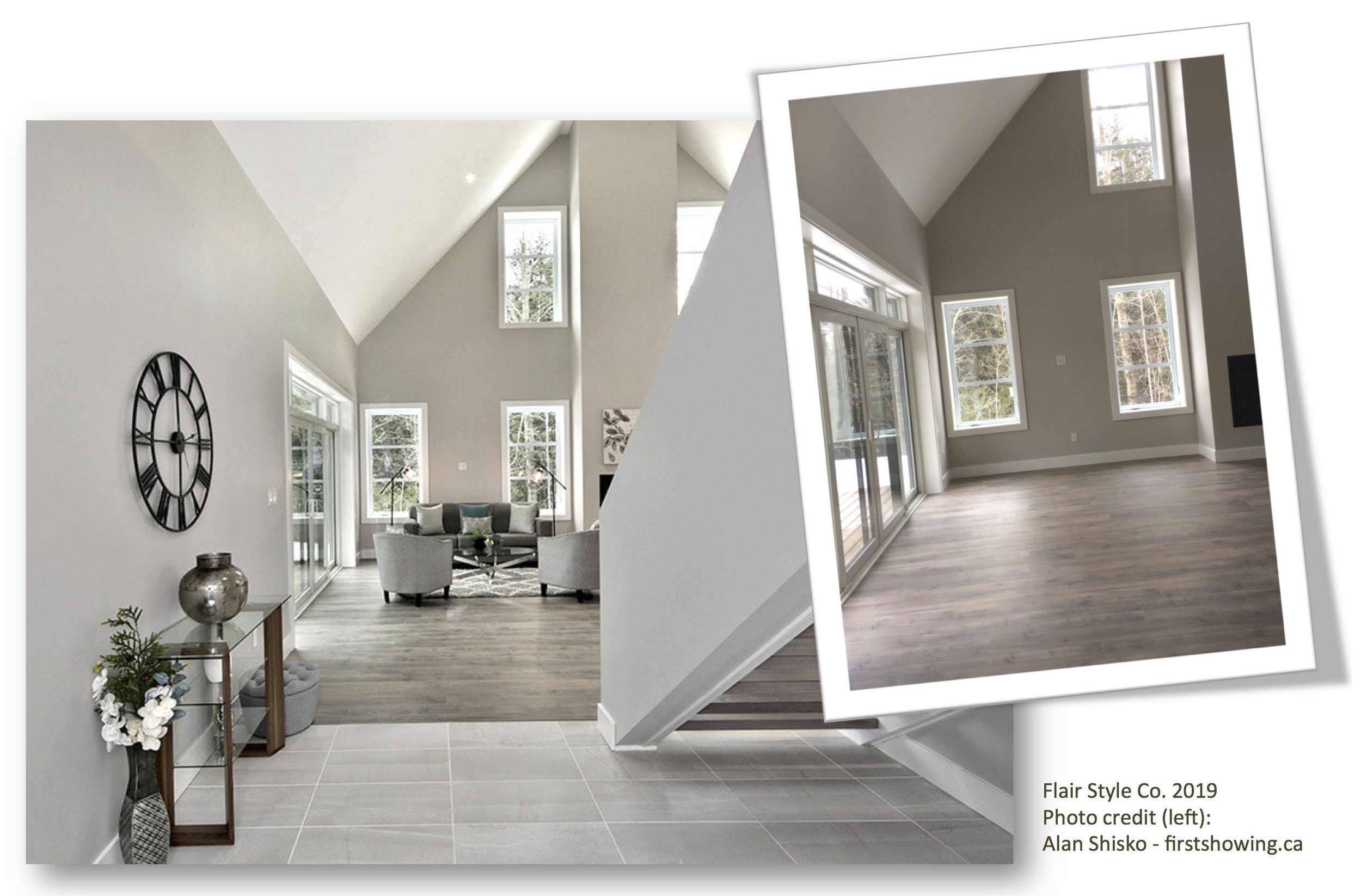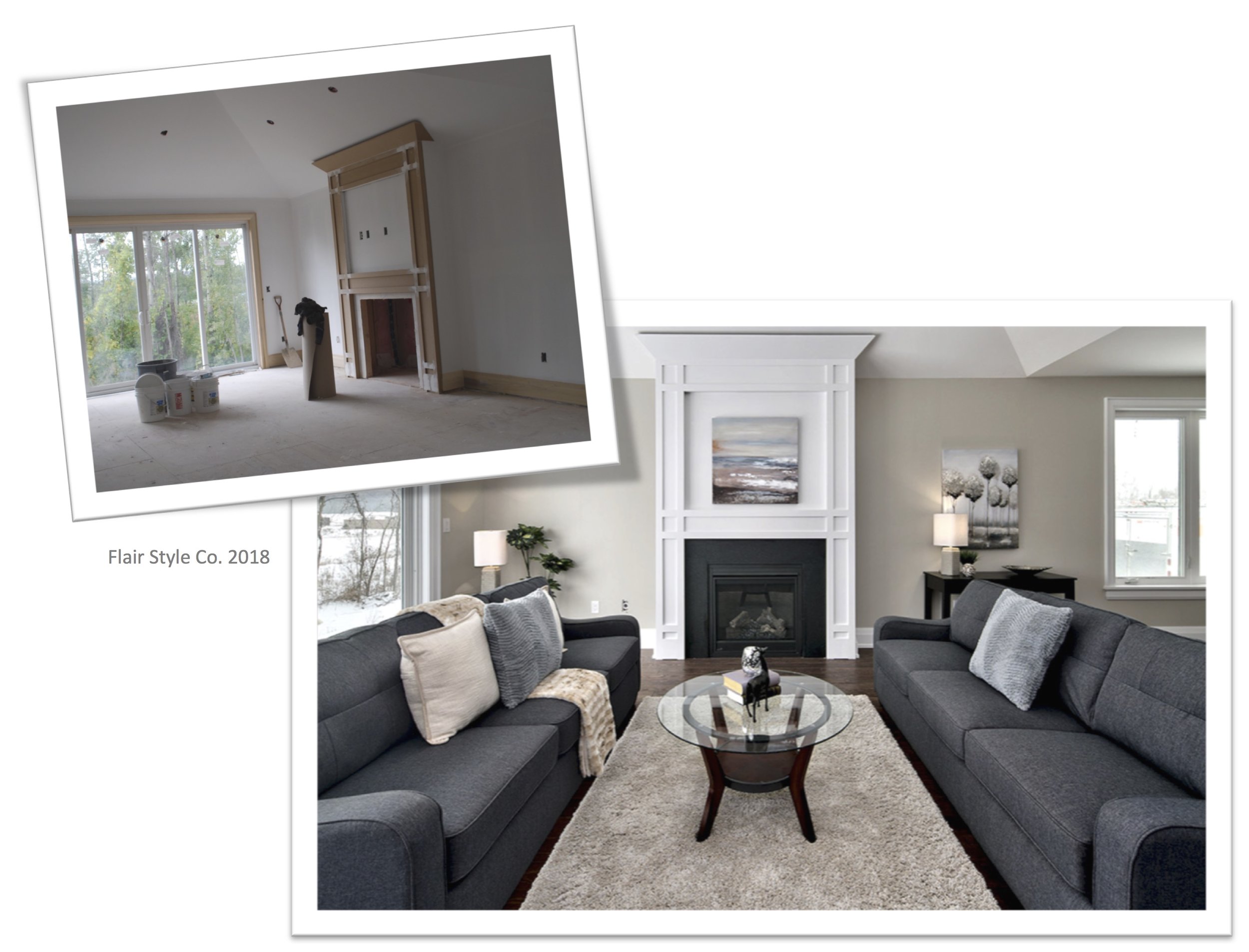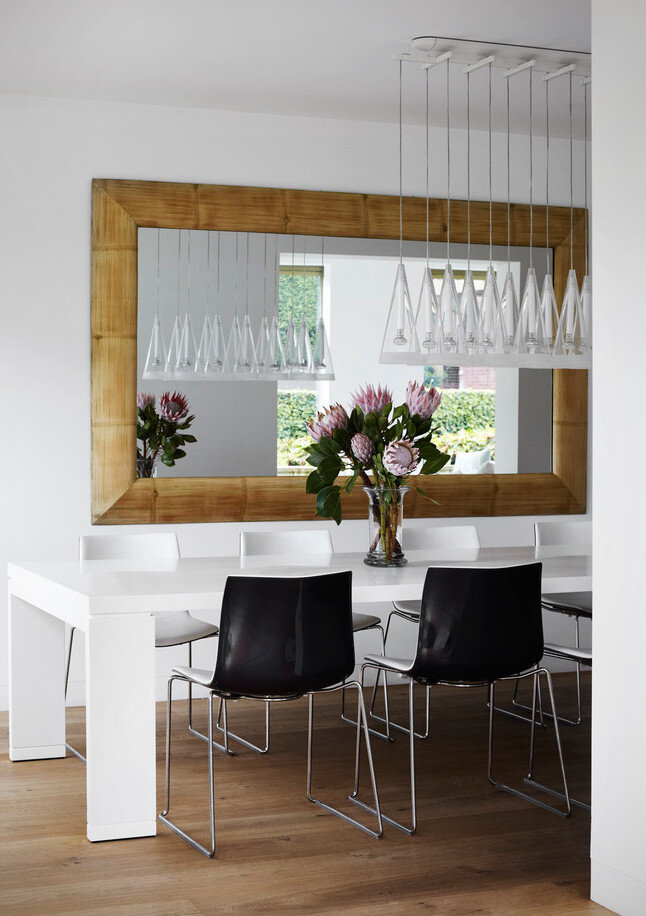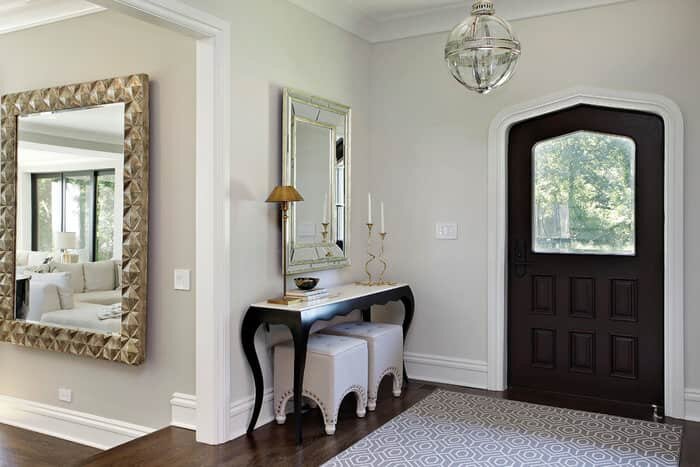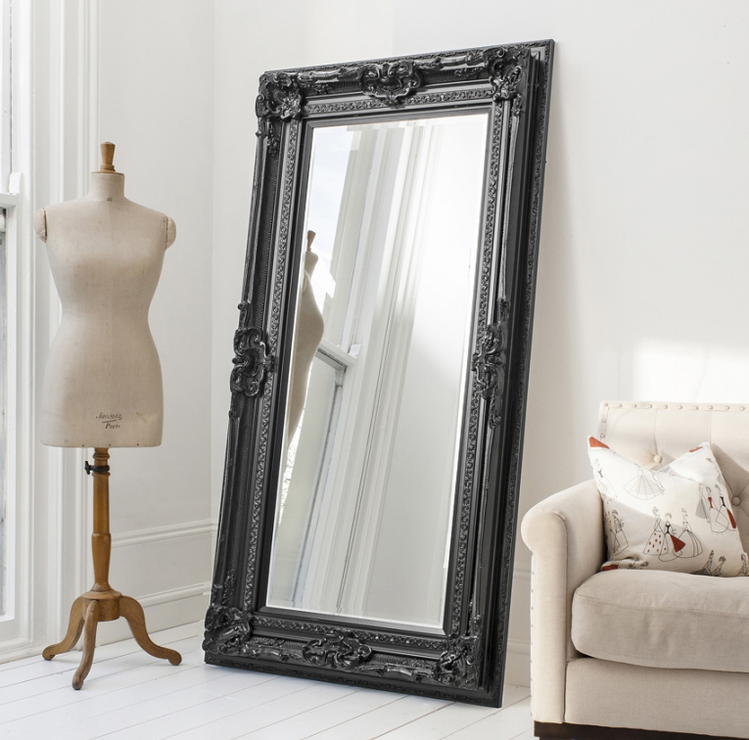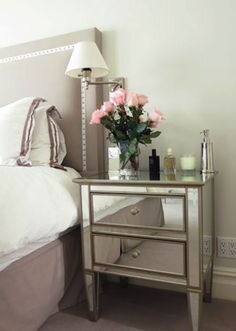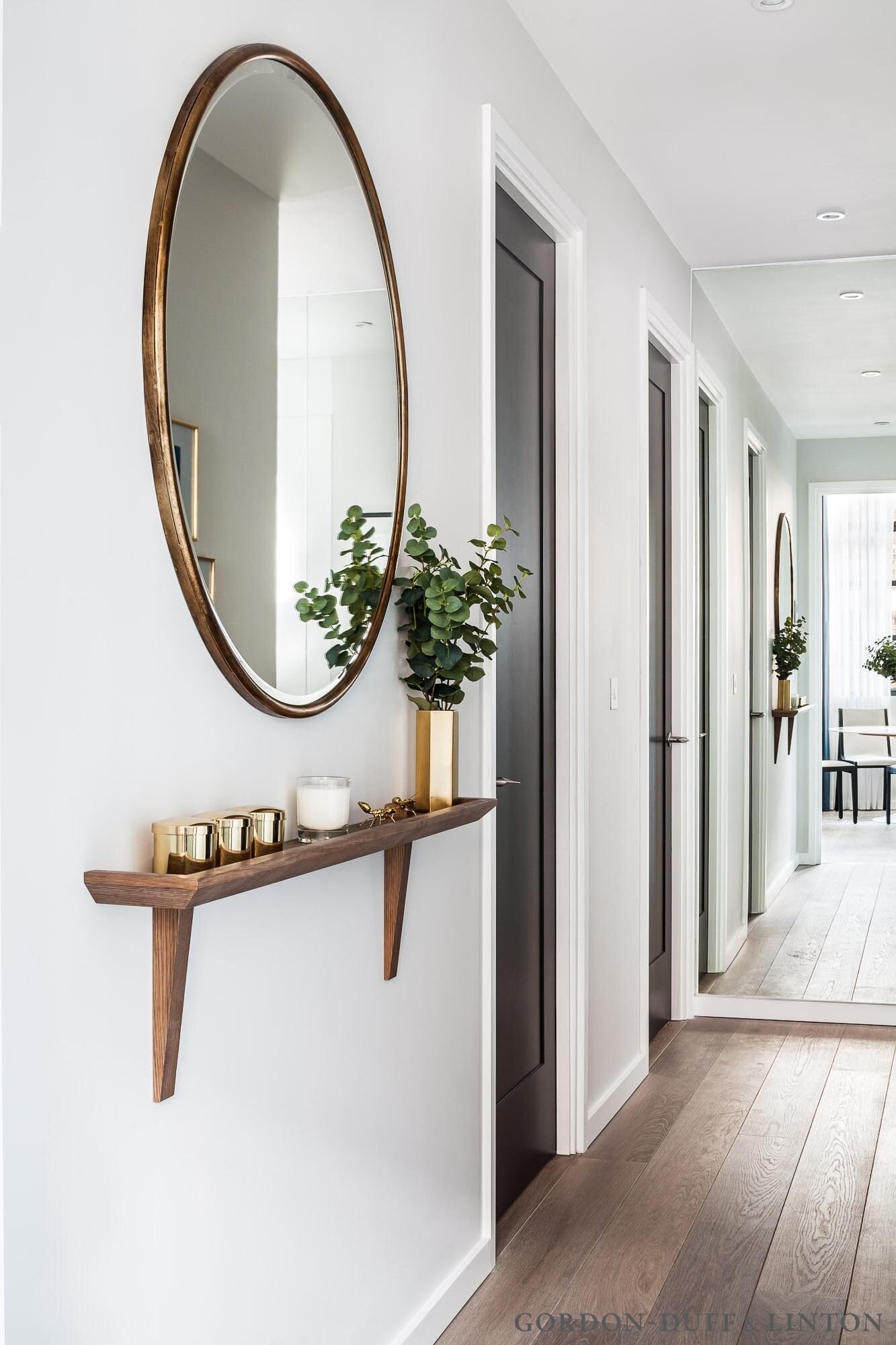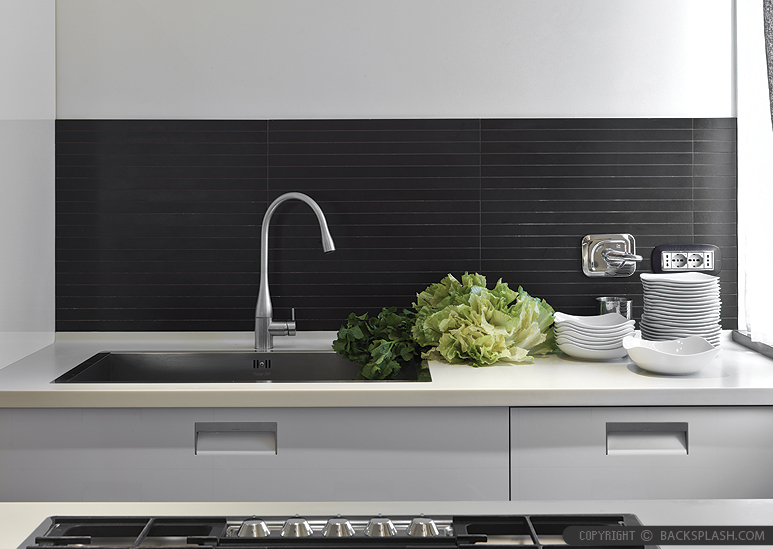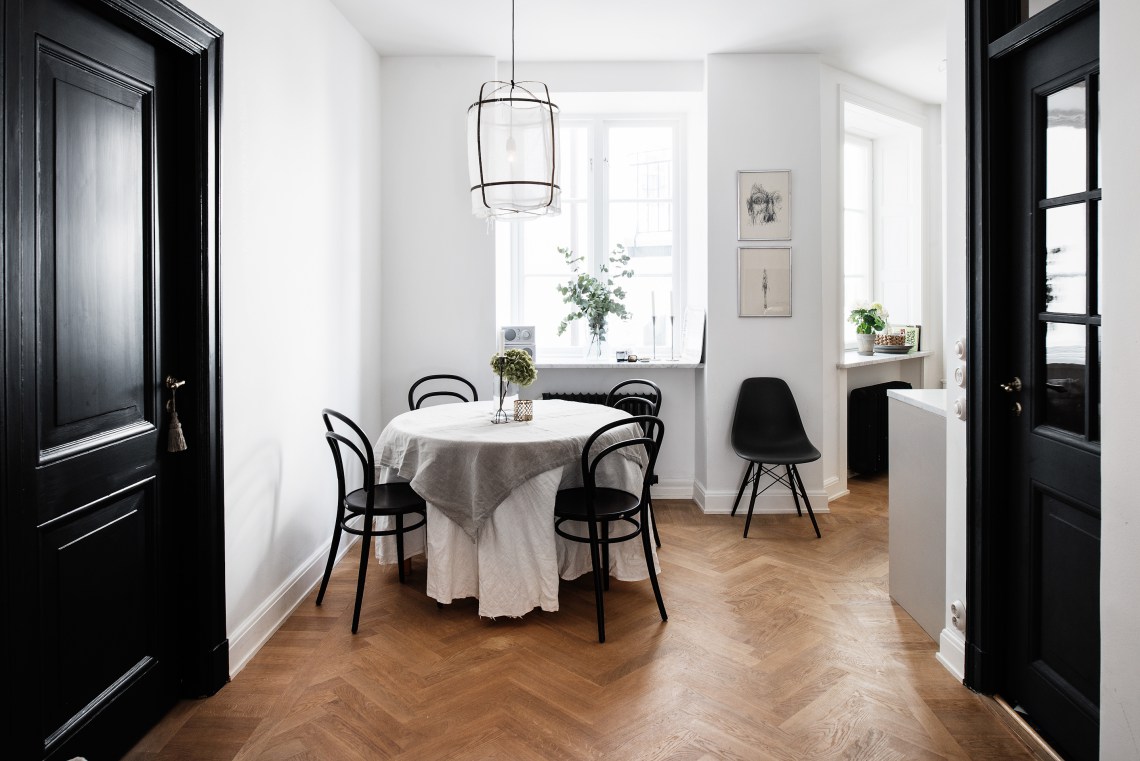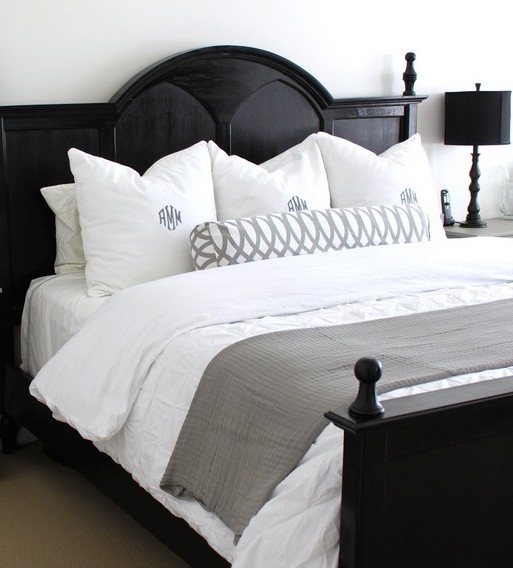When you list your home, you want the best chance at having it appeal to buyers and standing out from the competition. Putting it out there “as-is” probably won’t cut it. So, to make sure your home makes a positive impression, here’s what you need to focus on:
Curb appeal
The first impression a buyer gets of your home is crucial. Nothing that you do on the inside matters if you can’t grab their attention from the curb. Oftentimes, they can’t get past the exterior to even take the next step of touring inside.
Maintain the lawn and landscaping, pressure wash decks and other needed areas (garage door, siding), and give the home a fresh coat of paint if needed. Extra touches like a welcome mat, potted plants by the front door, and new light fixtures will help it stand out.
Clean, uncluttered space
No one enjoys going into a home that is packed with clutter. Even if the home has had a deep clean, it won’t feel like it is if there are items everywhere.
Put away personal items and family photos, neutralize the décor, and create as much space on the shelves and other surfaces as possible. As for the cleaning, hire a professional for a thorough job.
Plenty of light
The majority of buyers prefer bright, open spaces. They look larger and feel more inviting. Allow natural light in from windows by choosing window treatments that don’t block the light. Move furniture out of the way and trim back trees that could be blocking the light from the outside. Other tricks like mirrors and reflective surfaces can bounce light to help out too.
A welcoming vibe
Have you ever walked into a home and something felt off? Or you felt nothing at all? A cold, unwelcoming home won’t impress buyers. In fact, many of them decide on what home to offer on based on the way it makes them feel rather than how many things it checks off on their list.
To create that ‘feeling’, make sure the décor is neutral so that it appeals to the widest number of buyers possible. Once it’s been decluttered and cleaned, add in some special touches to make it feel like home (coffee cups in a tray, flowers, hanging robe in an ensuite, etc). Small touches can go a long way.
Rooms with a clear purpose
Many buyers struggle to imagine how a space can be used without seeing examples in front of them. Rooms that are empty or have multiple purposes can confuse buyers and make them feel like the space is wasted or won’t work for what they need.
To make sure there is no confusion, make sure every room in your home has one clear purpose. Keep in mind who the most likely buyer will be and cater to that demographic accordingly.





